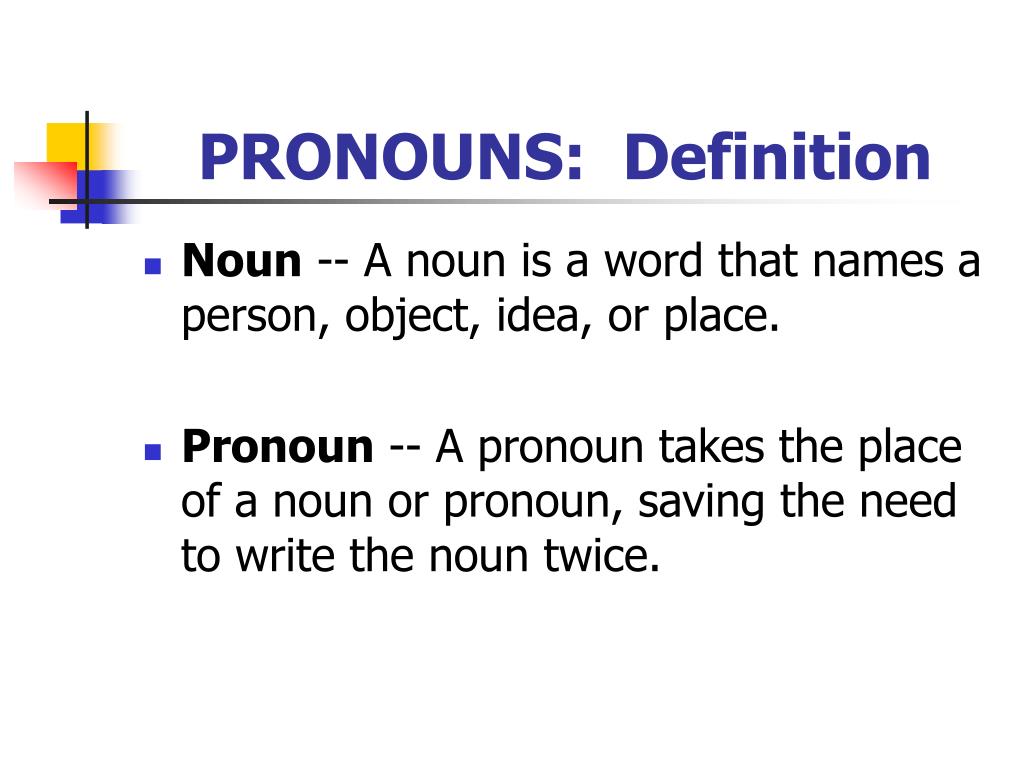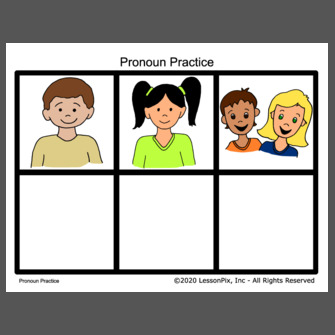

LGBTQ advocacy groups also advise using the pronouns and names chosen or considered appropriate by the person concerned. This is also extended to the name chosen by the person concerned. When dealing with clients or patients, health practitioners are advised to take note of the pronouns used by the individuals themselves, which may involve using different pronouns at different times. Style guides and associations of journalists and health professionals advise use of the pronoun chosen or considered appropriate by the person in question. Their use has been identified by social workers, educators, and medical professionals as both a practical and ethical consideration.

PGPs have come into use as a way of promoting equity and inclusion for transgender and genderqueer people. A person who uses multiple pronouns (either interchangeably or in different contexts) may list both subject pronouns, for example "she/they" or "they/he". In English, when declaring one's pronouns, a person will often state the subject and object pronouns, for example " he/him", " she/her", or " they/them" sometimes, the possessive pronouns are also stated ("she/her/hers", "he/him/his", or "they/them/theirs"). The pronouns chosen may include neopronouns such as "ze" and "zir". "she/her/hers", "he/him/his", "they/them/theirs"). " he/him", " she/her", " they/them"), although sometimes, the possessive pronouns are also stated (e.g. In English, when declaring one's chosen pronouns, a person will often state the subject and object pronouns (e.g. Preferred gender pronouns or personal gender pronouns (often abbreviated as PGP ) are the set of pronouns (in English, third-person pronouns) that an individual wants others to use in order to reflect that person's gender identity. A set of four badges, created by the Brighton City Council.


 0 kommentar(er)
0 kommentar(er)
